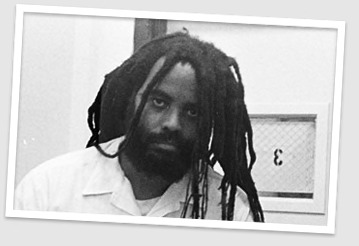[col. writ. 8/3/14] © ’14 Mumia Abu-Jamal
As an ineffectual Congress gives voice to howling throngs decrying the influx of Central American children, it’s helpful to learn that this is not a new feature of American immigration; but as old as the country itself.
From the time of the first European colonial settlements in North America, there was a tendency to declare these arrivals natives, while questioning and challenging the nationality of successive immigrants.
That challenge often took the form of challenging the “Americaness” of the new arrivals, who were often ridiculed and socially marginalized for speaking with ethnic accents, eating certain foods, or wearing certain clothing deemed ‘un-American’.
While such behavior reveals a real insecurity among so-called nativists, it also betrays uncertainty about what ‘American’ is, for it substitutes what is popular for that which is deemed ‘American’, or acceptable.
Over decades and generations, Irish, Italians, Germans and Jews faced cultural and social rejection, not to mention other groups, who, as deemed ‘non-white’, were exposed to deep prejudices for failing to make the grade.
When Catholics arrived in huge numbers in the 19th century, they were damned as “agents of Popery”, who were threats to American democracy.
They were called “serpent[s]” and “enemies” to America.
Hatred of Catholics was an important element in the growth of the Ku Klux Klan and similar anti-foreigner groups.
Over time, such powerful feelings have dissipated, but as we are witnessing today, it doesn’t take much to spark it up again, as we see with the children of Central America.
Every generation, anxious about their place in this turbulent society, gives new arrivals hell, for they challenge their sense of security.
–©’14maj

